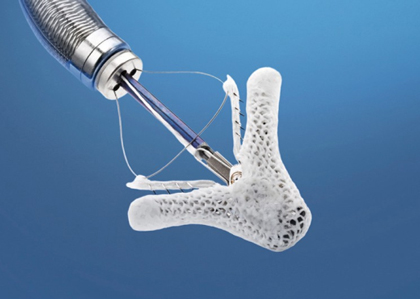The aim of this study was to assess the use of measuring left atrial pressure to complement transesophageal echocardiography and doppler imaging.

The study looked at continuous left sided pressure in 50 patients undergoing MitraClip. These measurements included left atrial V-wave pressure, and left atrial mean, systolic, and end-diastolic pressures. Left atrial pressures were indexed to left ventricular pressures to compensate for variations in afterload during procedure.
Read also: TCT 2018 | TriValve: Mitraclip for the Tricuspid Valve.
70% of patients had degenerative mitral regurgitation. Mitral regurgitation grade by echocardiography decreased from 3+ to 0+, and atrial V-wave (p<0.001), mean left atrial pressure (p=0.007), end diastolic pressure (p=0.001) and all left atrial pressures indexed values also decreased after MitraClip.
Intra-procedural increase of mean left atrial pressure was associated to a smaller number of rehospitalizations for cardiac failure and more chances to reach functional class III or IV at follow-up. These events could not be predicted by post procedure 2+ mitral regurgitation.
Conclusions
This study shows the value of continued real-time monitoring of left atrial pressure to predict events after treating mitral regurgitation with MitraClip. An increase in left atrial mean pressure is a predictor of worse prognosis at short term, regardless echocardiographic findings.
Original title: Continuous Direct Left Atrial Pressure. Intraprocedural Measurement Predicts Clinical Response Following MitraClip Therapy.
Reference: Shingo Kuwata et al. J Am Coll Cardiol Intv 2019, article in press.
Subscribe to our weekly newsletter
Get the latest scientific articles on interventional cardiology
We are interested in your opinion. Please, leave your comments, thoughts, questions, etc., below. They will be most welcome.


